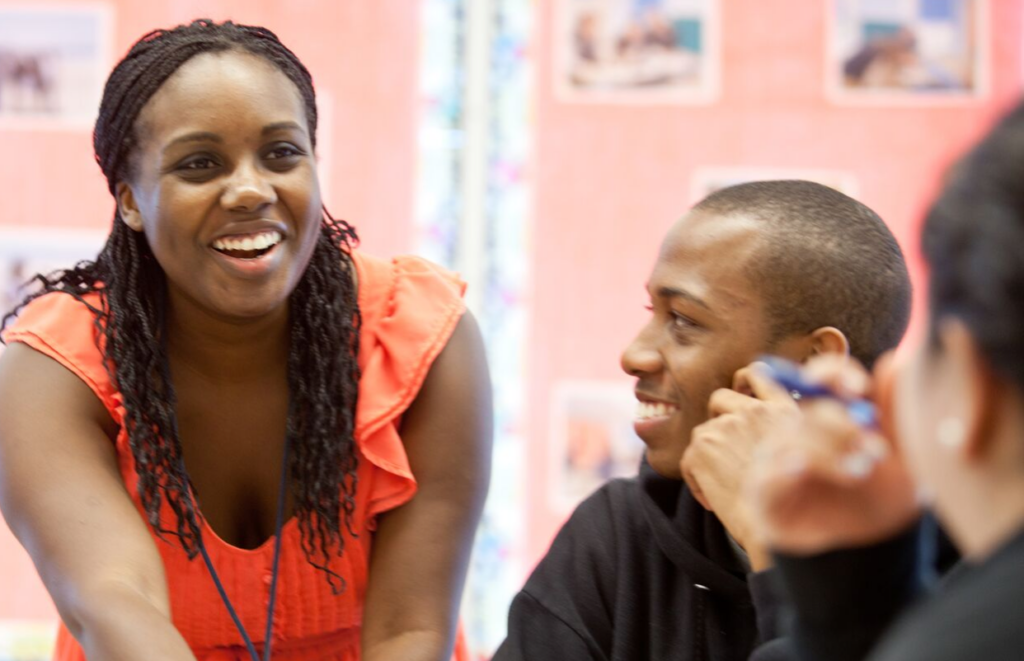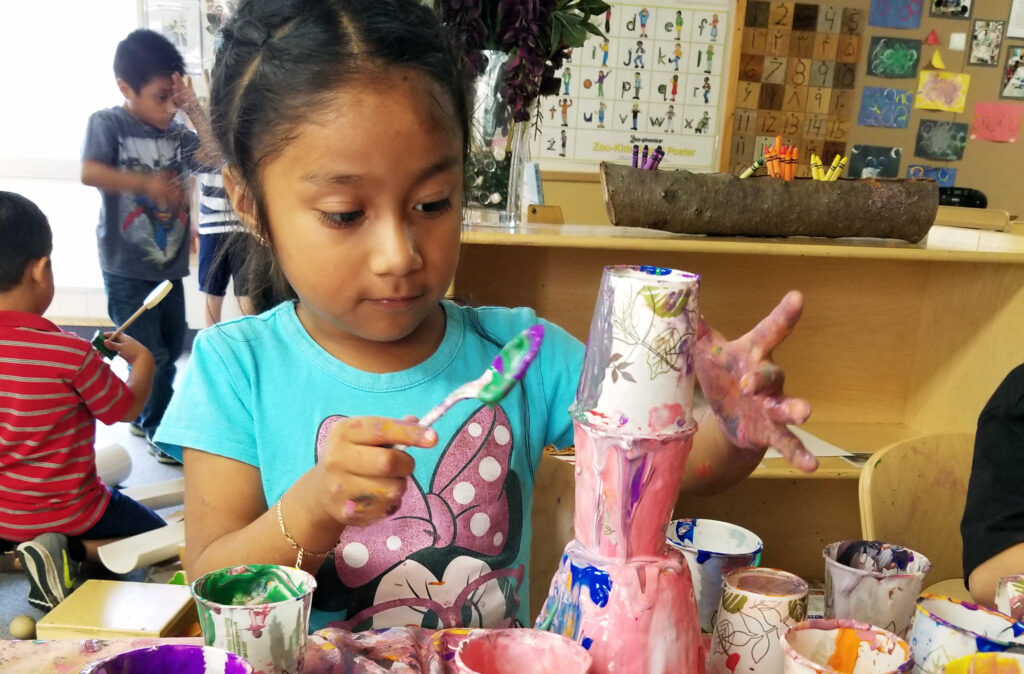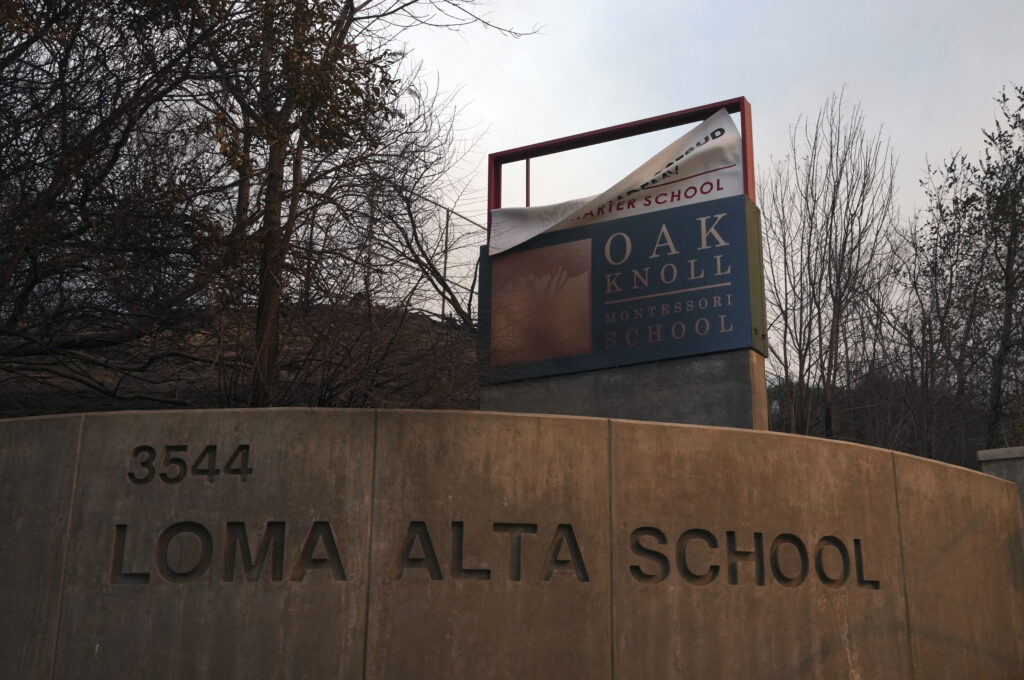Governor Gavin Newsom spoke to the situation in Los Angeles, which Trump is using as a target in his campaign to distract the public from his incompetence. In his hateful way, Trump always refers to Governor Newsom as “Newscum.”
Governor Newsom said, as transcribed by The New York Times:
Gov. Gavin Newsom of California delivered a speech on Tuesday, titled “Democracy at a Crossroads.” The following is a transcript of his remarks as broadcast online and on television channels:
I want to say a few words about the events of the last few days.
This past weekend, federal agents conducted large-scale workplace raids in and around Los Angeles. Those raids continue as I speak.
California is no stranger to immigration enforcement. But instead of focusing on undocumented immigrants with serious criminal records and people with final deportation orders, a strategy both parties have long supported, this administration is pushing mass deportations, indiscriminately targeting hardworking immigrant families, regardless of their roots or risk.
What’s happening right now is very different than anything we’ve seen before. On Saturday morning, when federal agents jumped out of an unmarked van near a Home Depot parking lot, they began grabbing people. A deliberate targeting of a heavily Latino suburb. A similar scene also played out when a clothing company was raided downtown.
In other actions, a U.S. citizen, nine months pregnant, was arrested; a 4-year-old girl, taken; families separated; friends, quite literally, disappearing.
In response, everyday Angelinos came out to exercise their Constitutional right to free speech and assembly, to protest their government’s actions. In turn, the State of California and the City and County of Los Angeles sent our police officers to help keep the peace and, with some exceptions, they were successful.
Like many states, California is no stranger to this sort of unrest. We manage it regularly, and with our own law enforcement. But this, again, was different.
What then ensued was the use of tear gas, flash-bang grenades, rubber bullets, federal agents detaining people and undermining their due process rights.
Donald Trump, without consulting California law enforcement leaders, commandeered 2,000 of our state’s National Guard members to deploy on our streets, illegally and for no reason.
This brazen abuse of power by a sitting president inflamed a combustible situation, putting our people, our officers and even our National Guard at risk.
That’s when the downward spiral began. He doubled down on his dangerous National Guard deployment by fanning the flames even harder. And the president, he did it on purpose. As the news spread throughout L.A., anxiety for family and friends ramped up. Protests started again.
By night, several dozen lawbreakers became violent and destructive. They vandalized property. They tried to assault police officers. Many of you have seen video clips of cars burning on cable news.
If you incite violence — I want to be clear about this — if you incite violence or destroy our communities, you are going to be held to account. That kind of criminal behavior will not be tolerated. Full stop.
Already, more than 220 people have been arrested. And we’re reviewing tapes to build additional cases and people will be prosecuted to the fullest extent of the law.
Again, thanks to our law enforcement officers and the majority of Angelenos who protested peacefully, this situation was winding down and was concentrated in just a few square blocks downtown.
But that, that’s not what Donald Trump wanted. He again chose escalation, he chose more force. He chose theatrics over public safety. He federalized another 2,000 Guard members.
He deployed more than 700 active U.S. Marines. These are men and women trained in foreign combat, not domestic law enforcement. We honor their service. We honor their bravery. But we do not want our streets militarized by our own armed forces. Not in L.A. Not in California. Not anywhere.
We’re seeing unmarked cars, unmarked cars in school parking lots. Kids afraid of attending their own graduation. Trump is pulling a military dragnet all across Los Angeles, well beyond his stated intent to just go after violent and serious criminals. His agents are arresting dishwashers, gardeners, day laborers and seamstresses.
That’s just weakness, weakness masquerading as strength. Donald Trump’s government isn’t protecting our communities. They are traumatizing our communities. And that seems to be the entire point.
California will keep fighting. We’ll keep fighting on behalf of our people, all of our people, including in the courts.
Yesterday, we filed a legal challenge to President Trump’s reckless deployment of American troops to a major American city. Today, we sought an emergency court order to stop the use of the American military to engage in law enforcement activities across Los Angeles.
If some of us can be snatched off the streets without a warrant, based only on suspicion or skin color, then none of us are safe. Authoritarian regimes begin by targeting people who are least able to defend themselves. But they do not stop there.
Trump and his loyalists, they thrive on division because it allows them to take more power and exert even more control.
And by the way, Trump, he’s not opposed to lawlessness and violence as long as it serves him. What more evidence do we need than January 6th.
I ask everyone: Take time, reflect on this perilous moment. A president who wants to be bound by no law or constitution, perpetuating a unified assault on American traditions.
This is a president who, in just over 140 days, has fired government watchdogs that could hold him accountable, accountable for corruption and fraud. He’s declared a war, a war on culture, on history, on science, on knowledge itself. Databases quite literally are vanishing.
He’s delegitimizing news organizations and he’s assaulting the First Amendment. And the threat of defunding them. At threat, he’s dictating what universities themselves can teach. He’s targeting law firms and the judicial branch that are the foundations of an orderly and civil society. He’s calling for a sitting governor to be arrested for no other reason than to, in his own words, “for getting elected.”
And we all know, this Saturday, he’s ordering our American heroes, the United States military, and forcing them to put on a vulgar display to celebrate his birthday, just as other failed dictators have done in the past.
Look, this isn’t just about protests here in Los Angeles. When Donald Trump sought blanket authority to commandeer the National Guard. he made that order apply to every state in this nation.
This is about all of us. This is about you. California may be first, but it clearly will not end here. Other states are next.
Democracy is next.
Democracy is under assault right before our eyes, this moment we have feared has arrived. He’s taking a wrecking ball, a wrecking ball to our founding fathers’ historic project: three coequal branches of independent government.
There are no longer any checks and balances. Congress is nowhere to be found. Speaker Johnson has completely abdicated that responsibility.
The rule of law has increasingly been given way to the rule of Don.
The founding fathers didn’t live and die to see this kind of moment. It’s time for all of us to stand up. Justice Brandeis, he said it best. In a democracy, the most important office — with all due respect, Mr. President — is not the presidency, and it’s certainly not governor. The most important office is office of citizen.
At this moment, at this moment, we all need to stand up and be held to account, a higher level of accountability. If you exercise your First Amendment rights, please, please do it peacefully.
I know many of you are feeling deep anxiety, stress, and fear. But I want you to know that you are the antidote to that fear and that anxiety. What Donald Trump wants most is your fealty, your silence, to be complicit in this moment.
Do not give into him.









